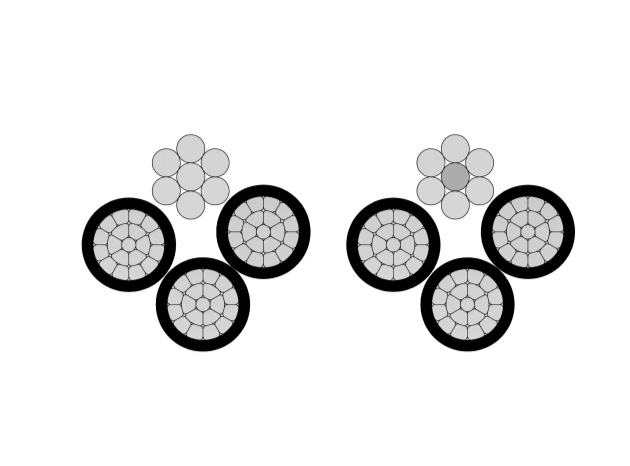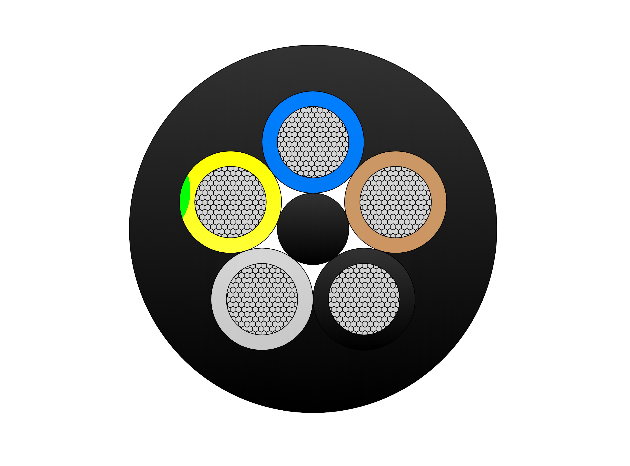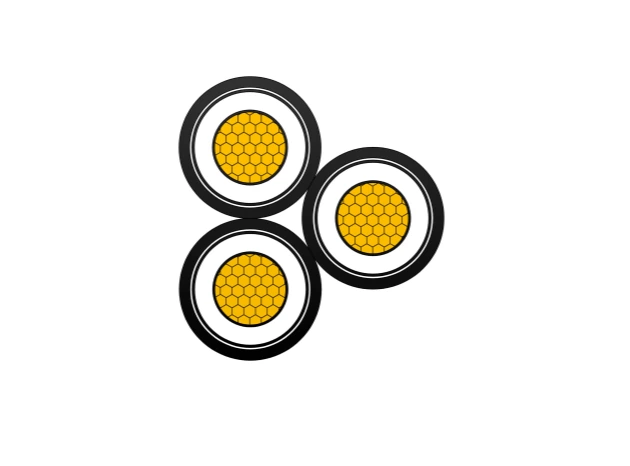NAYRY 0.6/1kV Low Voltage Power Cable
- Voltage Rating(Uo/U) 0.6/1kV
- Test Voltage 4kV/50Hz
- Minimum Bending Radius 15 x overall diameter
- Working Temperature - 50ºC to +70ºC
- Short Circuit Temperature 160°C
Construction
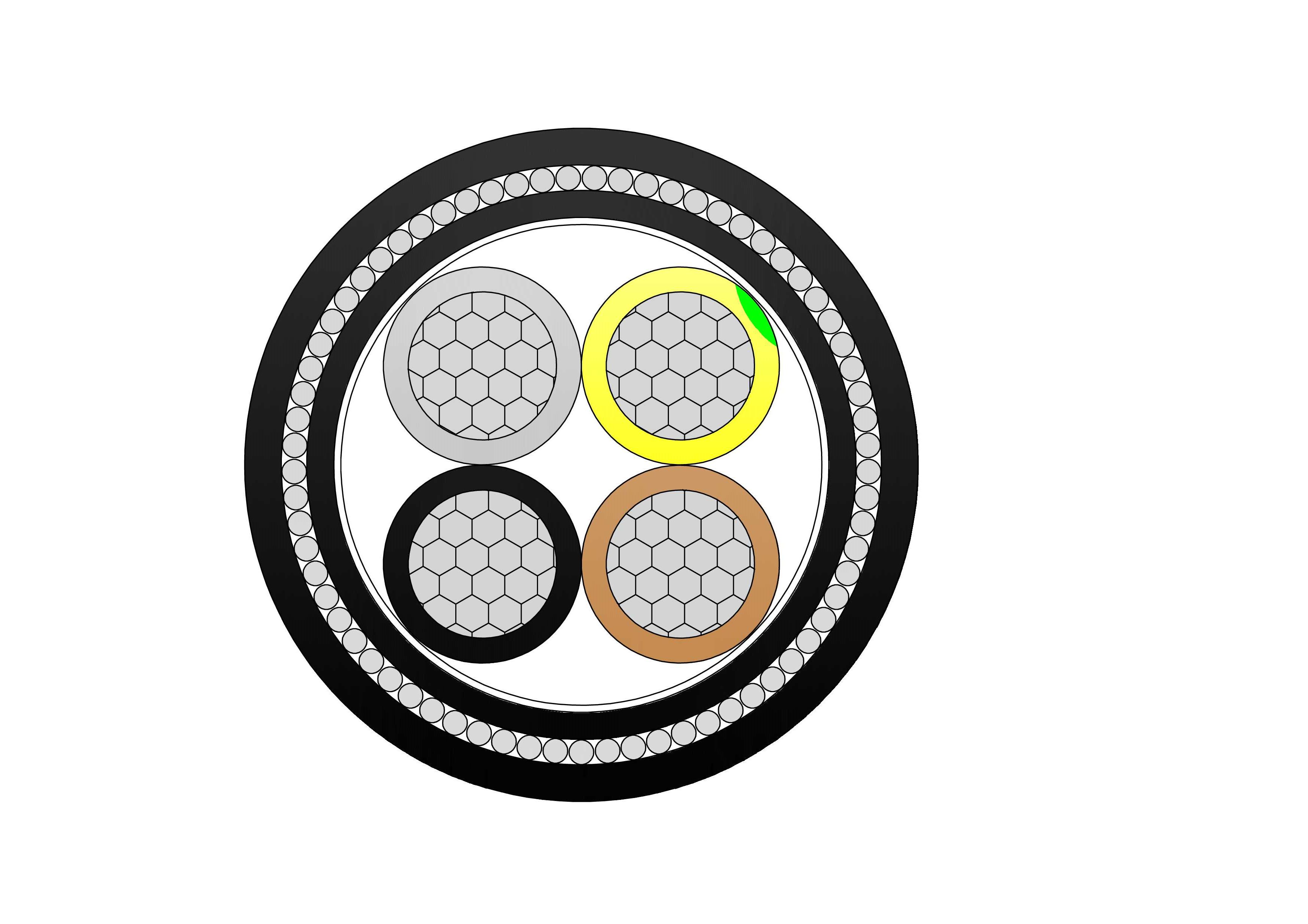
Conductor
SM: Class 2 sector-shaped stranded aluminum
Insulation
Inner Sheath
Armour
Tape
Outer Sheath Colour
Manufacturer Standard
Flame retardant
Outer Sheath
Halogen Free
Insulation Identification
Application
Technical Specifications
| No of Cores |
Nominal Cross Section Area |
Conductor Type |
Nominal Overall Diameter |
Approximate Weight |
| mm2 | mm | kg/km | ||
| 3+1 | 35+16 | SM/RM | 31.0 | 1460 |
| 3+1 | 50+25 | SM/RM | 35.7 | 1910 |
| 3+1 | 70+35 | SM/RM | 39.6 | 2460 |
| 3+1 | 95+50 | SM/RM | 46.0 | 3035 |
| 3+1 | 120+70 | SM/RM | 49.0 | 3785 |
| 3+1 | 150+95 | SM/RM | 54.5 | 4610 |
| 3+1 | 185+95 | SM/RM | 59.8 | 5425 |
| 3+1 | 240+120 | SM/RM | 68.9 | 6575 |
|
Nominal Cross Section Area |
Current Carrying Capacity A |
Maximum Conductor Resistant At 20° C |
|
| In Air | In Ground | ||
| mm2 | |||
| 35+16 | 101 | 123 | 0.868/1.910 |
| 50+25 | 121 | 145 | 0.641/1.200 |
| 70+35 | 155 | 180 | 0.443/0.868 |
| 95+50 | 189 | 216 | 0.320/0.641 |
| 120+70 | 220 | 246 | 0.253/0.443 |
| 150+95 | 249 | 276 | 0.206/0.320 |
| 185+95 | 287 | 313 | 0.164/0.320 |
| 240+120 | 339 | 362 | 0.125/0.253 |
Quality Control
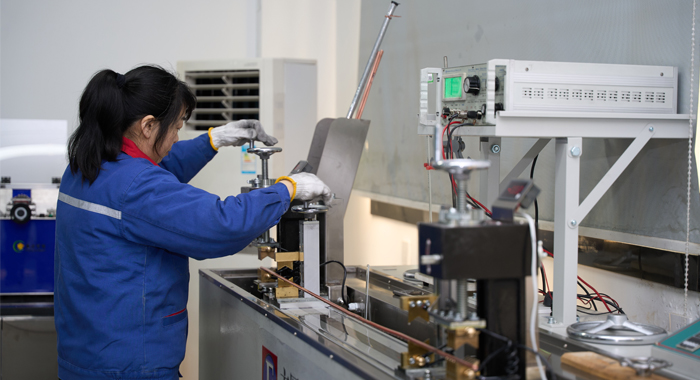
Raw Material Test
For the NAYRY 0.6/1kV Low Voltage Power Cable, raw material testing begins with aluminium certification for alloy composition and mechanical properties. PVC compounds undergo viscosity, thermal stability, and migration analysis. Steel wires are checked for galvanization mass, diameter tolerance, and breaking load. Fillers face moisture and compatibility tests. The structured process: receipt documentation review, random sampling, physical/mechanical testing (tensile, elongation), chemical verification using spectroscopy, accelerated aging/corrosion trials, and material release decision. This ensures defect-free inputs, providing the base for the NAYRY 0.6/1kV Low Voltage Power Cable's conductivity, insulation quality, robust armour performance, and environmental resistance in low-voltage underground applications.
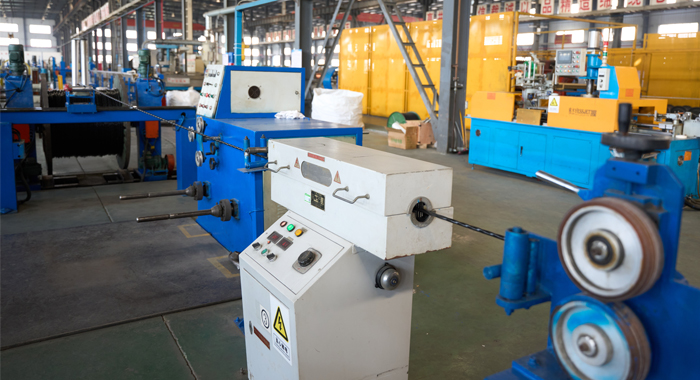
Process inspection
Process inspection in NAYRY 0.6/1kV Low Voltage Power Cable production involves real-time quality assurance. Aluminium conductor forming monitors strand uniformity and surface smoothness. PVC insulation extrusion ensures even coverage with thickness gauges. Assembly stages check core positioning and filler distribution. Steel wire armouring controls helical lay, tension balance, and overlap. Sheath extrusion includes online spark testing and diameter verification. Critical steps: pre-extrusion compound verification, parameter stabilization, real-time dimension scanning, armour wire coverage measurement, sampling for uniformity, and defect removal protocols. This multi-stage control maintains the NAYRY 0.6/1kV Low Voltage Power Cable's structural precision, armour reliability, and VDE/IEC compliance throughout manufacturing.
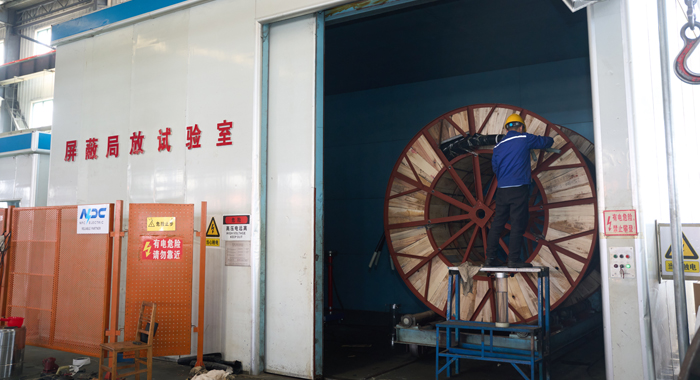
Finished Product
Completed NAYRY 0.6/1kV Low Voltage Power Cable reels face rigorous tests. Key routines: DC resistance, high-potential AC test, insulation thickness, sheath integrity, and armour continuity. Mechanical endurance via impact, crushing, and pulling tests. Flame propagation and heat shock evaluations follow. The sequential process: conditioning, voltage/mechanical load application, timed exposure monitoring, recovery inspection, property re-measurement, and documentation. Additional checks cover ovality and weight. Passing all confirms the NAYRY 0.6/1kV Low Voltage Power Cable's mechanical strength, electrical reliability, moisture protection, and suitability for direct burial low-voltage networks in demanding conditions.
Application
Technical Advantages
Product Packaging
Related Products
FAQ From Customers
-
What are the advantages of power cables and overhead lines?(1) Reliable operation, because it is installed in a hidden place such as underground, it is less damaged by external forces, has less chance of failure, and the power supply is safe, and it will not cause harm to people; (2) The maintenance workload is small and frequent inspections are not required; (3) No need to erect towers; (4) Help improve power factor.
-
Which aspects should be considered when choosing the cross section of a power cable?(1) The long-term allowable working current of the cable; (2) Thermal stability once short circuited; (3) The voltage drop on the line cannot exceed the allowable working range.
-
What are the measures for cable fire prevention?(1) Use flame-retardant cables; (2) Use fireproof cable tray; (3) Use fireproof paint; (4) Fire partition walls and fire baffles are installed at cable tunnels, mezzanine exits, etc.; (5) Overhead cables should avoid oil pipelines and explosion-proof doors, otherwise local pipes or heat insulation and fire prevention measures should be taken.
-
What should be paid attention to during the transportation and handling of cables?(1) During transportation, loading and unloading, cables and cable reels should not be damaged. It is strictly forbidden to push the cable reels directly from the vehicle. Generally, cables should not be transported and stored flat. (2) Before transporting or rolling the cable reel, ensure that the cable reel is firm, the cable is wound tightly, the oil pipe between the oil-filled cable and the pressure oil tank should be fixed without damage, the pressure oil tank should be firm, and the pressure indication should meet the requirements.
-
What inspections should be carried out for the acceptance of cable lines?(1) The cable specifications should meet the regulations, the arrangement should be neat, no damage, and the signs should be complete, correct and clear; (2) The fixed bending radius of the cable, the related distance and the wiring of the metal sheath of the single-core power cable should meet the requirements; (3) The cable terminal and the middle head should not leak oil, and the installation should be firm. The oil pressure of the oil-filled cable and the meter setting should meet the requirements; (4) Good grounding; (5) The color of the cable terminal is correct, and the metal parts such as the bracket are completely painted; (6) There should be no debris in the cable trench, tunnel, and bridge, and the cover should be complete.

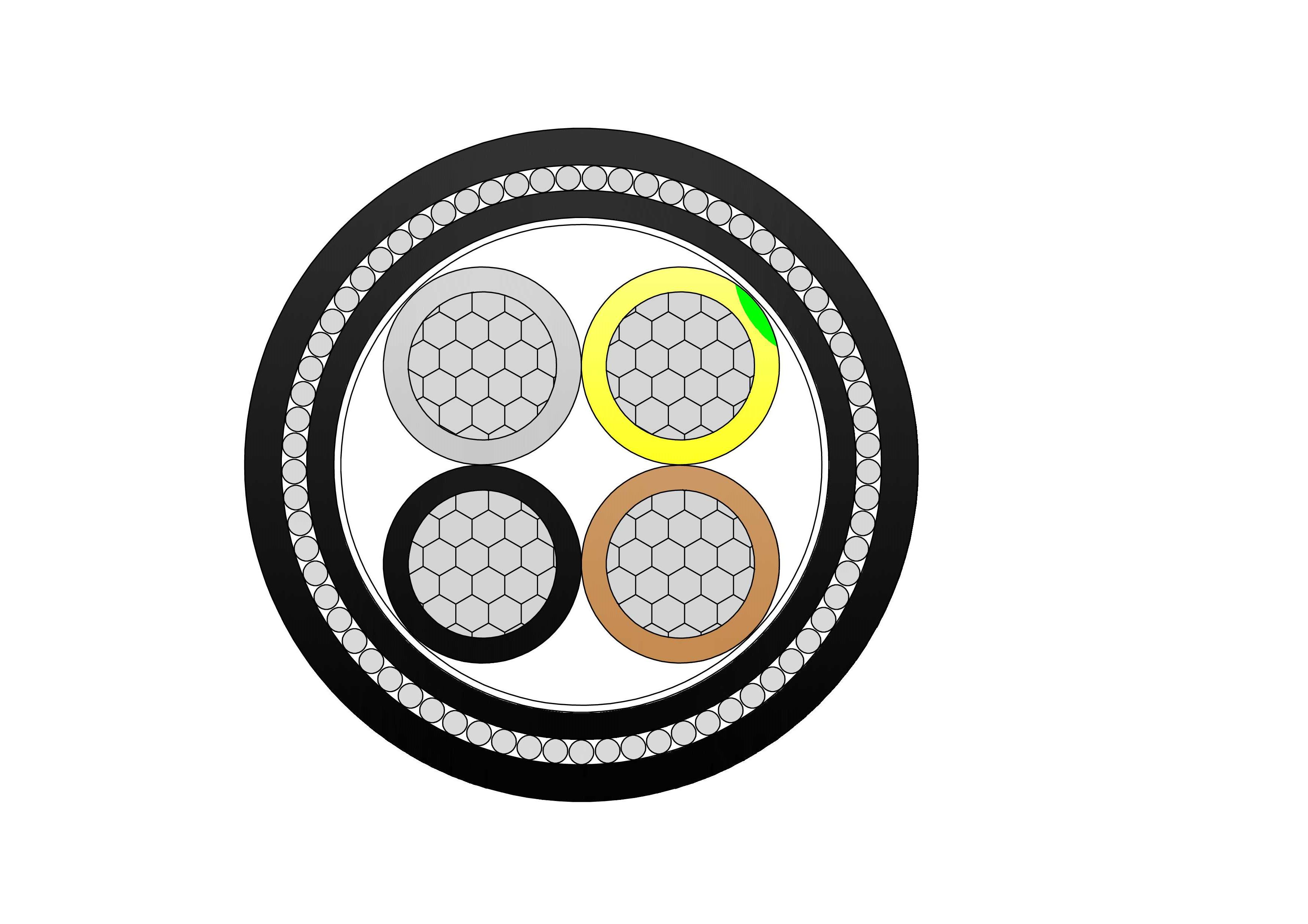

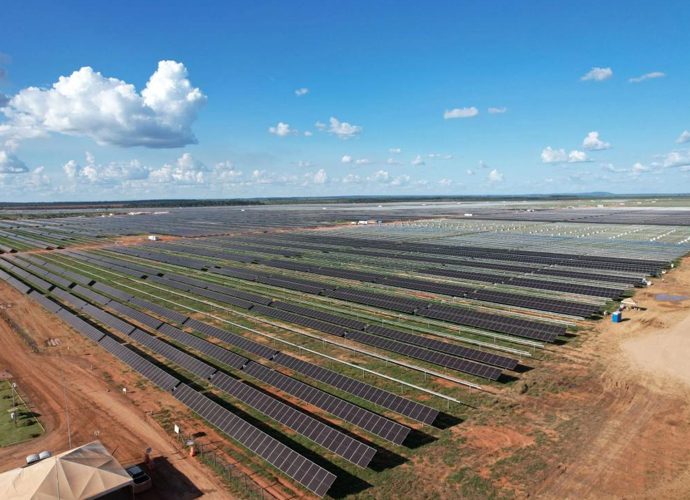
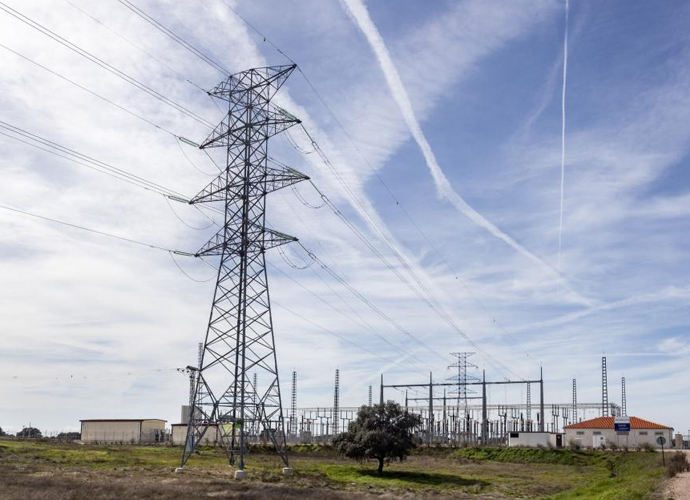
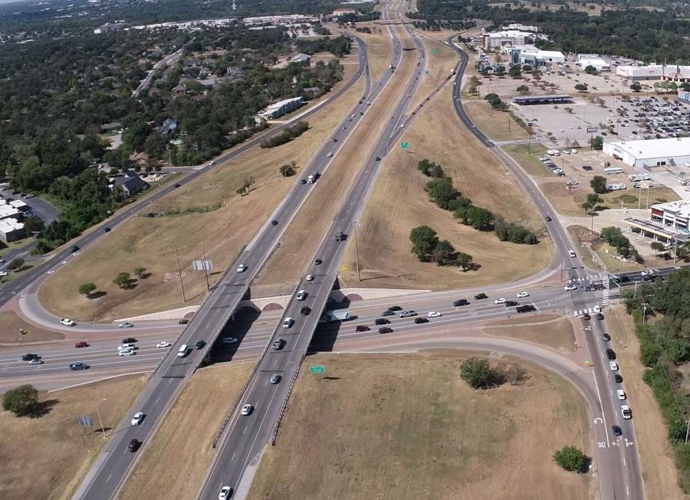
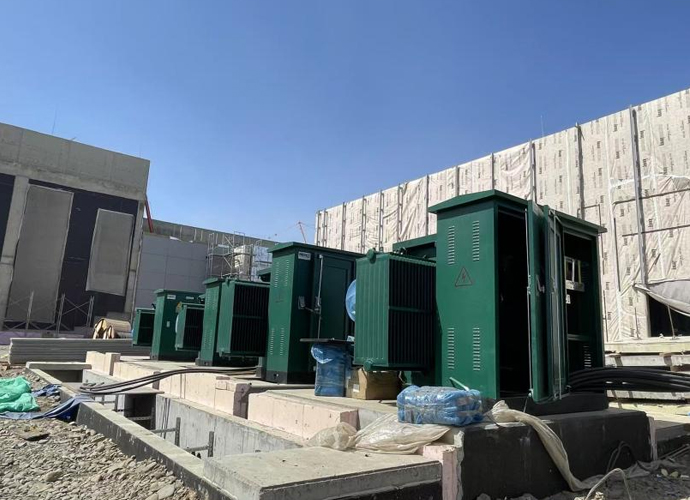
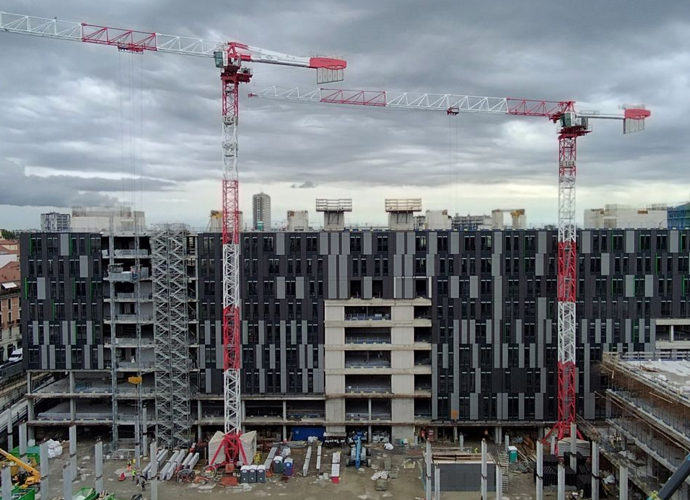
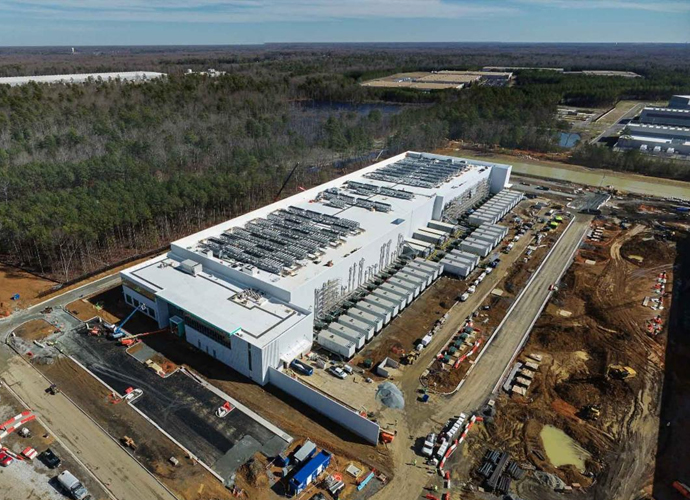
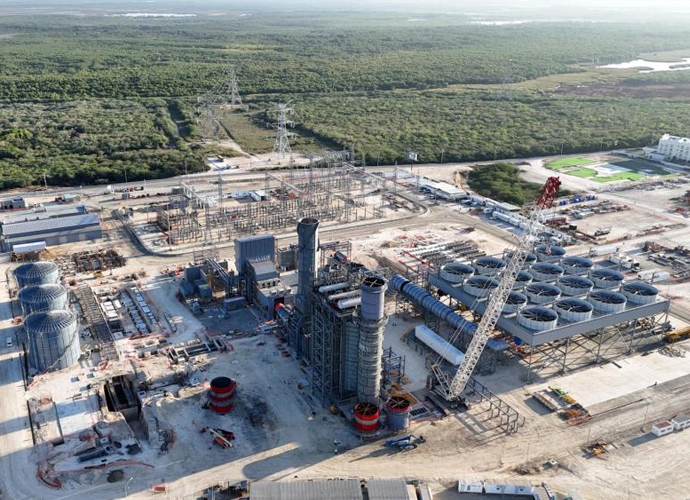
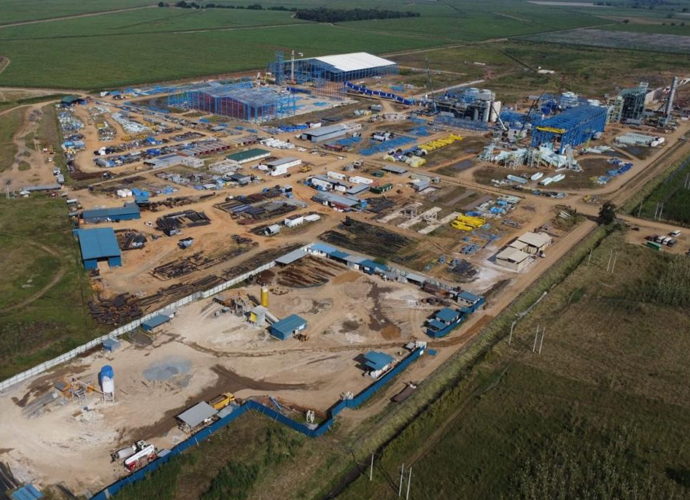
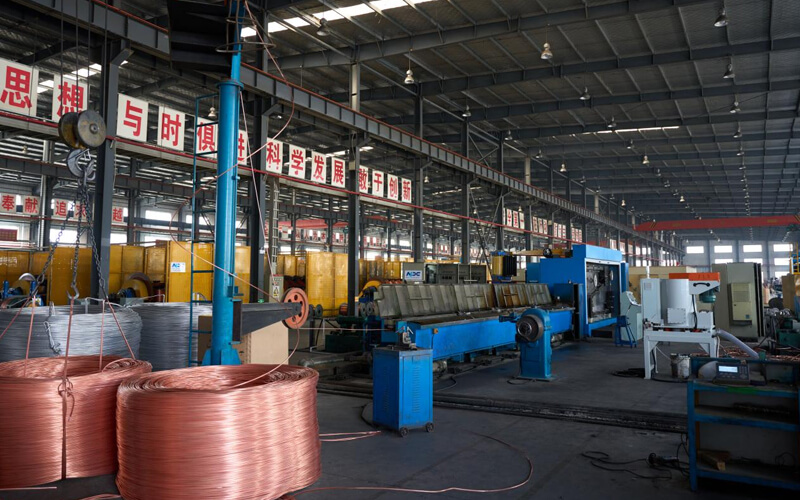
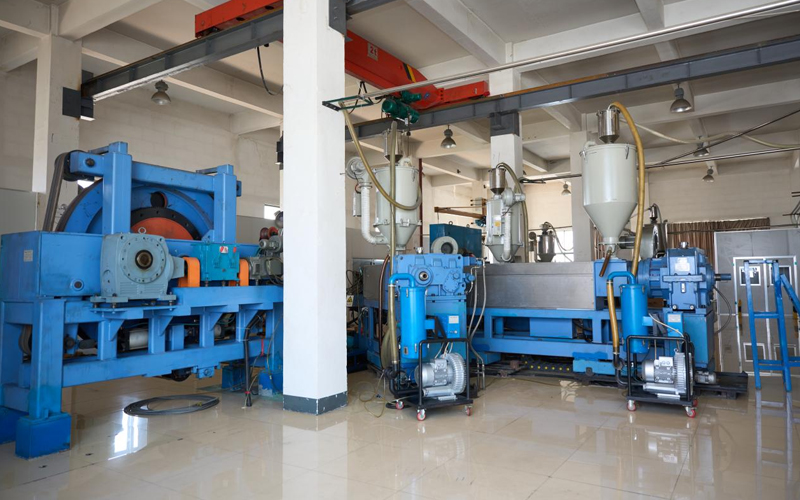
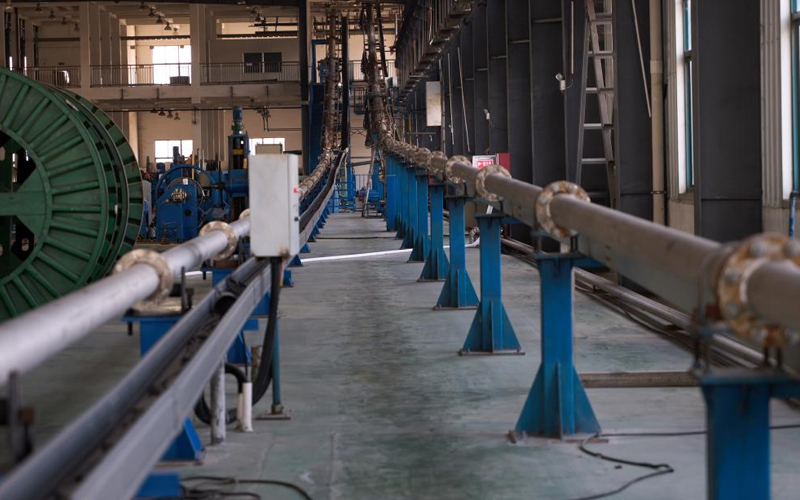
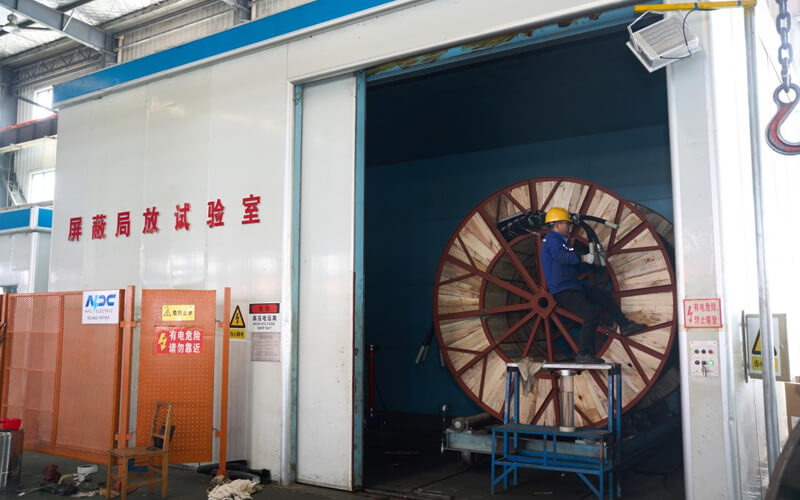
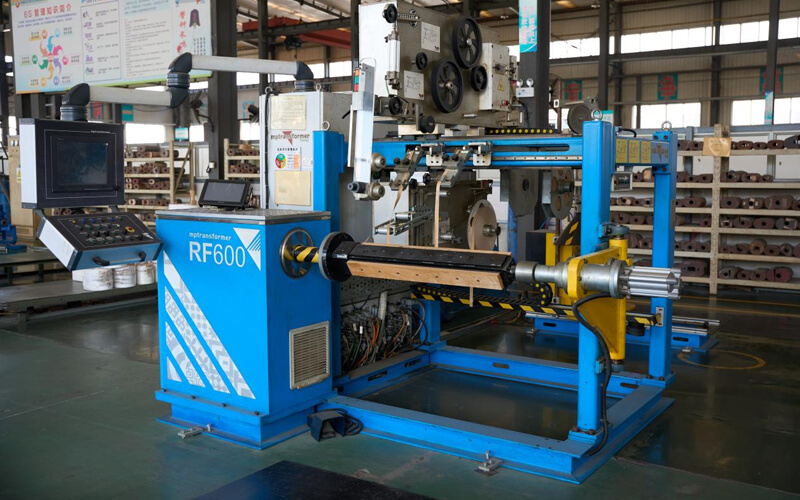
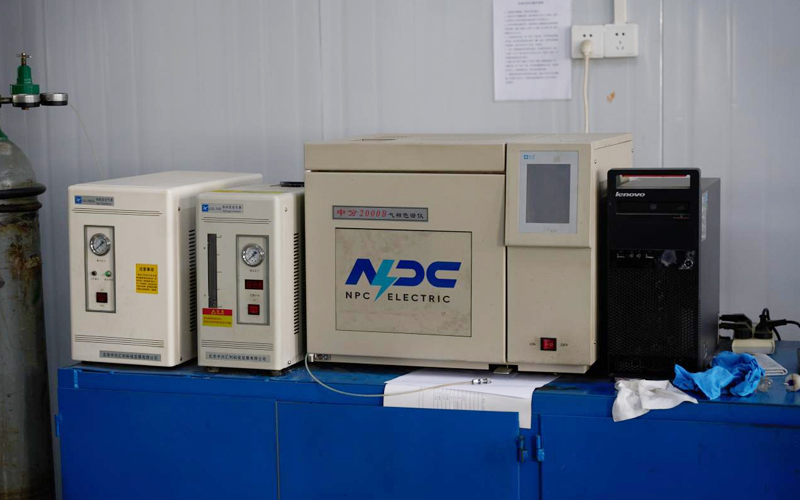
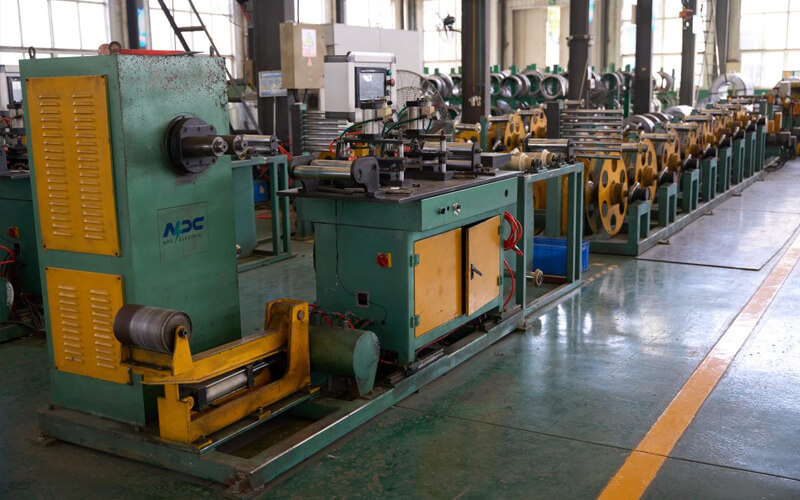
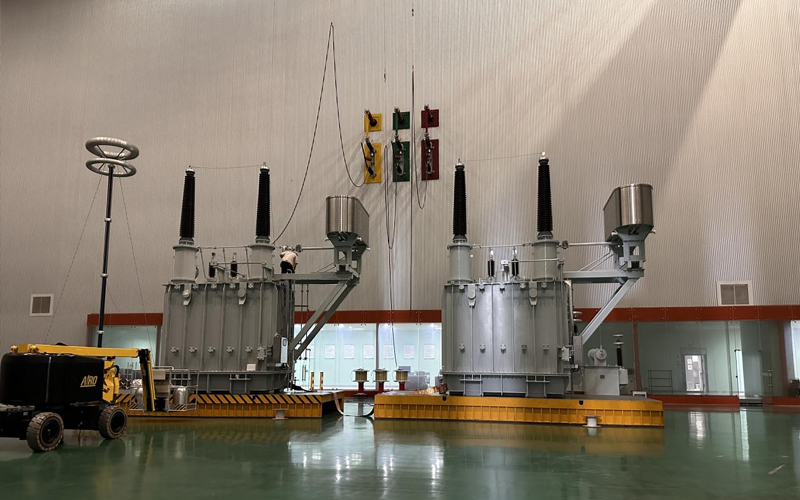
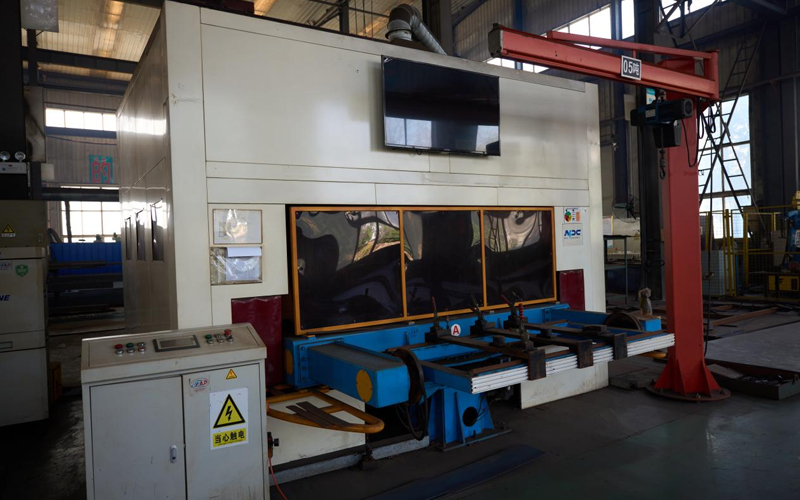
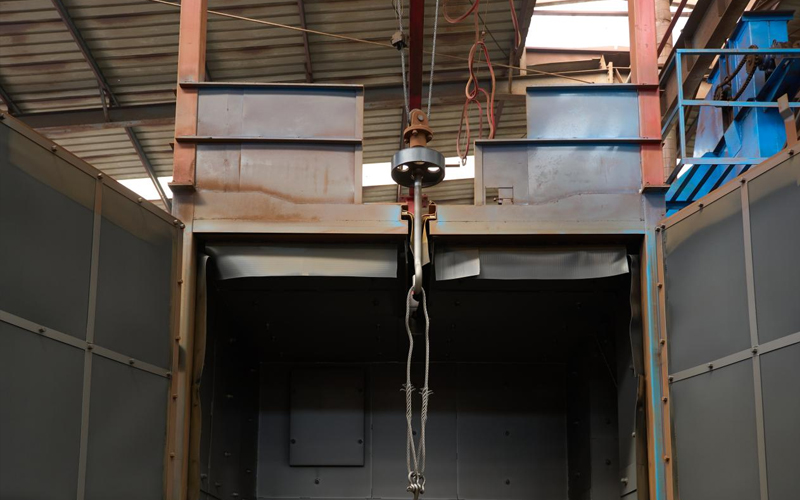
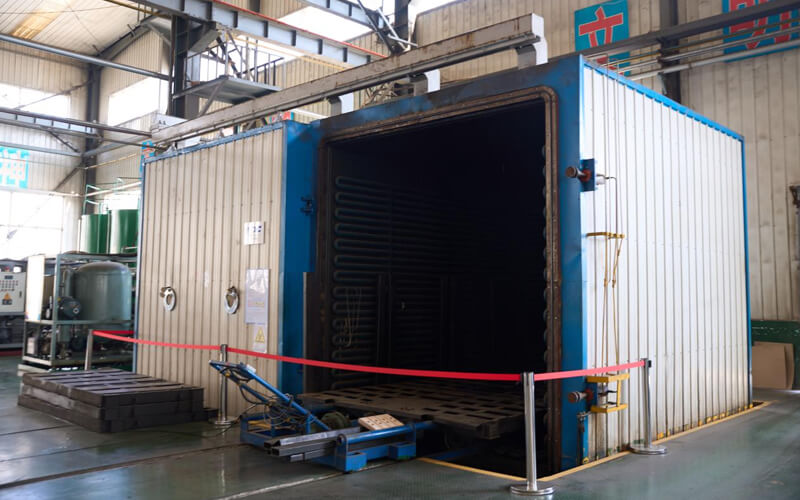
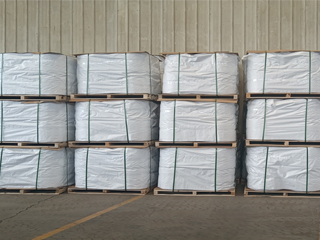
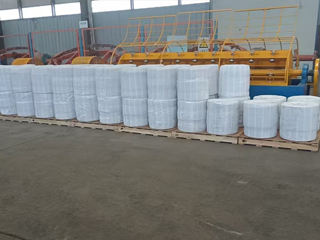
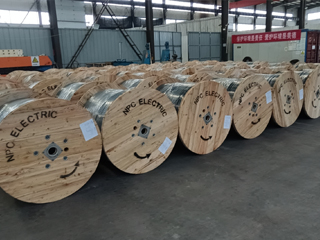
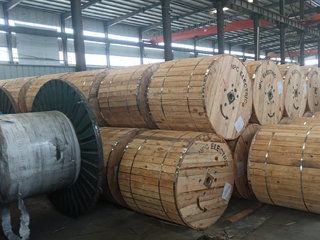
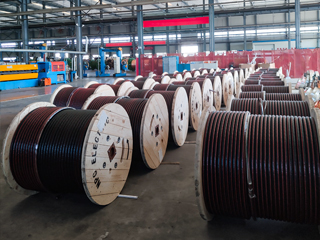
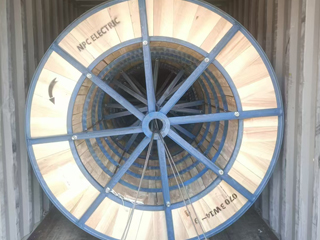
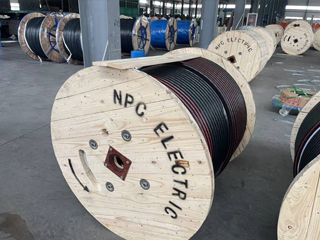
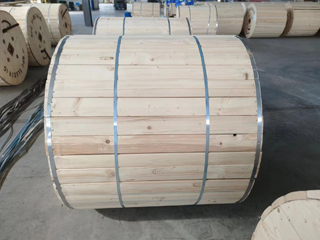
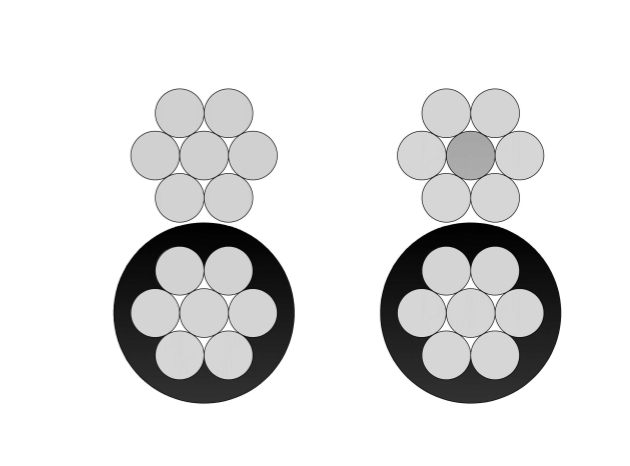
2Y-high-voltage-power-cable.webp)
